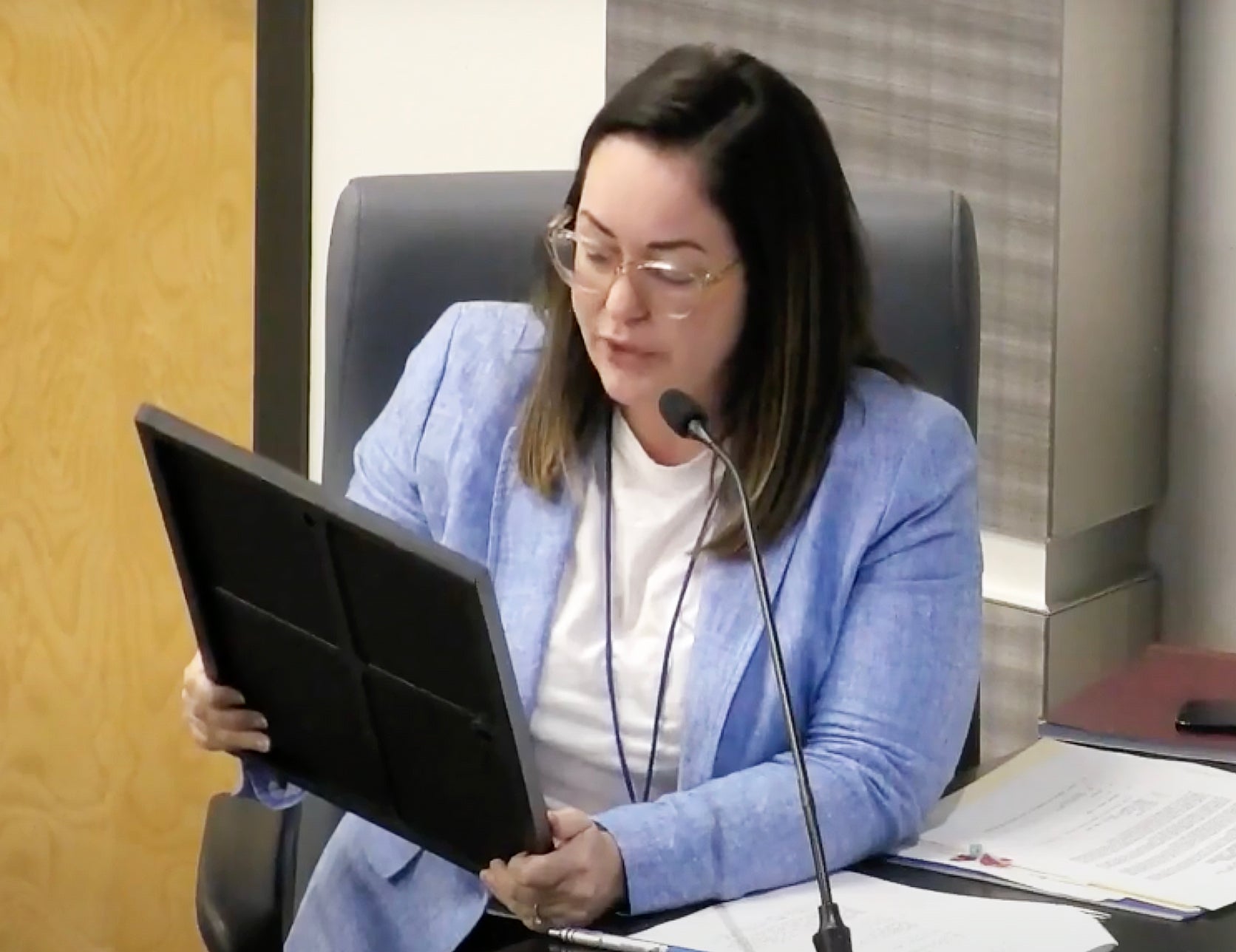Area hurricane preparation goes high-tech
Published 12:00 am Sunday, June 16, 2002
By LEONARD GRAY
BATON ROUGE – As part of hurricane preparation for the River Parishes, one innovative program will be the first of its kind in the nation.
A combined weather/high-water/traffic monitoring station is being installed at the intersection of Interstates 10 and 55 near LaPlace, according to George Gele of the Louisiana Department of Transportation and Development’s maintenance division.
The station was developed after the difficulties of evacuating the New Orleans area during the approach of Hurricane Georges, where traffic to Baton Rouge took eight hours, but only 1.5 hours along Louisiana Highway 3127 between Boutte and Donaldsonville.
Hurricane planners were not aware of the traffic difficulties quickly enough to split and re-route the traffic, Gele said. “The trouble is, there’s a lot of population and not a lot of roads out.”
The hydrowatch gauge would monitor the backwater pushed from Lake Pontchartrain into the intersection, while monitoring wind and other weather conditions and do a traffic count, reporting the data by satellite every 15 minutes.
“We would know real-time with the traffic events every 15 minutes,” Gele said.
Without the station, collecting such data couldn’t be accomplished in less than four hours, Gele added. And the best part, he continued, is that it costs only $5,000.
The new station is one aspect of state planning in handling future hurricane emergencies in southeast Louisiana.
Since Georges, seven crossovers along I-10 are in place to transfer outgoing traffic along all lanes, and reversing it for re-entering the area, Gele said. Also, an agreement is in place for handling evacuees with Mississippi handling the traffic traveling north along I-55 to Meridian, Miss., in case of a need to evacuate eastward. For west-bound evacuees, the plan is I-10 north and I-55 to Hammond and then on to Baton Rouge on I-12.
Finally, DOTD should have up by the start of hurricane season in June an interactive web site which will allow the public to check for flooded major roads and threatened roads on online maps, as real-time as satellite imaginary will allow.
Interstate 49 has been a major project which will eventually link New Orleans with Shreveport.
Economically, the highway will be a major boon, but for hurricane evacuation of southeast Louisiana, it would be a godsend.
The 212-mile segment of I-49 between Lafayette and Shreveport was completed with a formal dedication ceremony on May 1, 1996, despite delays, cost estimate and completion date changes, controversies and the growing effects of environmental regulation.
Interstate 49 segments between Lafayette and Shreveport and their completion dates include: Lafayette to Washington B, September 1983; Boyce to Natchitoches B, November 1986; Natchitoches to Shreveport B, November 1989; Washington to Meeker B, August 1991; Meeker to Alexandria B, May 1992; Alexandria to Boyce B, June 1992; Urban Shreveport B, December 1995; Urban Alexandria B, May 1996.
Additionally, much of the roadway was under construction during the economically devastating oil crunch of the 1980s (before passage of the LTTF, the Louisiana Transportation Trust Fund), when gasoline tax revenues were used to cover budget shortfalls in other state government agencies.
The southern links of I-49 between Lafayette and New Orleans are also on the drawing board, but no timeline can be discussed at this point regarding construction or completion.
Ken Perret, assistant secretary of planning and programming for DOTD, said environmental impact studies and rights-of-way acquisition, not to mention nailing down of state and federal funds, make discussing a timeline impossible at this point.
“It’s in various stages of completion,” Perret said.
Some segments are simply upgrades existing roads, while others will have to be constructed from the ground up. Along several segments, existing traffic lights will have to replaced with overhead ramps.
Some areas such as Berwick to Raceland are at interstate-quality now.
The Federal Highway Administration “is pretty close to final EIS studies this summer,” Perret said.
There are several sections which will require delicate handling, such as the Lafayette area, where the Evangeline Thruway is split by commercial and residential areas.
The Raceland to West Jefferson Parish segment, which is mostly St. Charles Parish through Des Allemands, Paradis, Boutte and Luling, “is a pretty sensitive area,” he said. “They’ll be studying all different scenarios.”
DOTD is negotiating fees and scope of services with the consultants, who will conduct a two-year study. “It’s really important to get that road up to standard,” Perret said.





